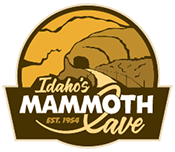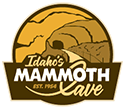Idaho’s beauty isn’t just found in its majestic mountains, expansive plains, breathtaking canyons, and serene lakes – it extends deep below the earth’s surface. Here, you can venture into a world of ancient lava tubes, each offering a unique glimpse into the state’s unique geological history. These caves not only offer a journey into the earth but a step back in time, revealing the secrets of ancient volcanic activity. Alongside other underground treasures, Idaho’s Mammoth Cave offers a unique opportunity to explore its vast cavern at your own personal pace on a self-guided tour during the spring, summer, and early fall months. As one of the top things to do in Idaho, you can witness firsthand the ancient volcanic activities that shaped the Southern Idaho region.
Southern Idaho’s Volcanic Legacy: A Land Sculpted by Fire
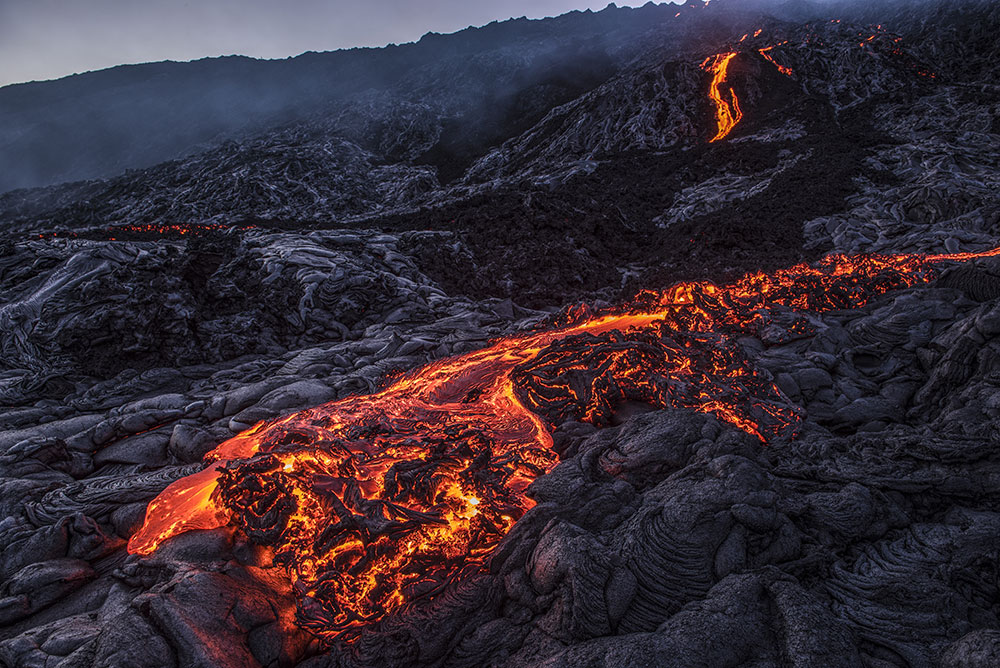
Southern Idaho’s volcanic history is both rich and intriguing, deeply intertwined with the geological formations that shape the region today. The landscape around Shoshone, Idaho, in particular, is a testament to the intense volcanic activity that occurred in the past. This area is part of the Snake River Plain, a significant geologic feature that spans across Southern Idaho, formed by a series of volcanic events that started around 17 million years ago.
These events were driven by the movement of the North American tectonic plate over the Yellowstone hotspot, currently located beneath Yellowstone National Park. As the plate moved southwestward over this stationary hotspot, it led to a trail of volcanic activity that created the Snake River Plain. The volcanic processes involved were not just explosive eruptions but extensive outpourings of lava, which covered large portions of the Idaho landscape, forming prominent geological features like shield volcanoes and lava fields.
Near Shoshone, one can find evidence of these past volcanic activities in the form of lava flows, craters, and lava tubes. The region is known for its basaltic lava, characterized by its fluidity, allowing it to travel great distances. This type of lava flow created a unique and rugged landscape, with features such as the Black Butte Crater Lava Field. This field is part of the larger Craters of the Moon Lava Field, one of the best examples of flood basalt flows in the United States.
These flows are relatively young in geological terms, with some dating back only a few thousand years, indicating that the volcanic activity in Southern Idaho has been a recent phenomenon in Earth’s history. The presence of lava tubes, like Idaho’s Mammoth Cave, further adds to the complexity of the region’s volcanic features, offering a direct insight into the underground movements of lava during these geological events.
Exploring Idaho’s Lava Tube Caves: A Subterranean Adventure
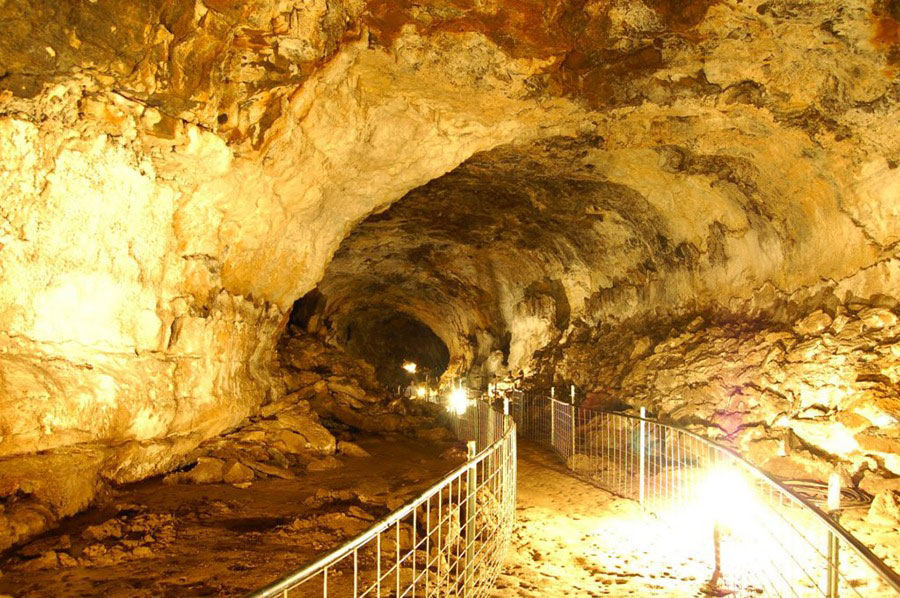
Beneath the surface of Idaho’s volcanic landscapes lies a hidden world of darkness and mystery in the form of lava tube caves. These tubes formed when the outer surface of a lava flow cooled and hardened while the molten lava below continued to flow on. The state boasts an impressive array of lava tube caves, each with unique features and secrets waiting to be discovered. Venturing into these caves today is one of the most adventurous things to do in Idaho.
Among these subterranean wonders, Idaho’s Mammoth Cave stands out as a must-visit destination. Located eight miles north of the small town of Shoshone on Highway 75, this extensive cave offers a glimpse into a world frozen in time. The cave is one of the largest volcanic caves open to the public, allowing visitors to explore its vast chamber on a self-guided tour. As you venture its cool, dark depths, you’ll encounter ancient living organisms called cyanobacteria that date back almost four billion years to a time when the Earth’s climate was vastly different.
Today, these organisms give the cave walls a breathtaking appearance, resembling pure silver. In addition to cyanobacteria, mineral deposits in various colors, including silver, gold, orange, and deep red, add much beauty to the massive cavern. As an otherwordly experience, Idaho’s Mammoth Cave offers a rare opportunity to explore an underground landscape illuminated by the shimmering beauty of its mineral-rich walls.
But Idaho’s Mammoth Cave is just the beginning. Other notable caves in Southern Idaho include the Wilson Butte Cave, Tea Kettle Cave, and the various lava tube caves at the Craters of the Moon National Monument, each offering a unique spelunking experience. These caves are more than just geological marvels; they are windows into the Earth’s past, revealing the dynamic processes that continue to shape our planet.
Southern Idaho Caves & Their Native Inhabitants
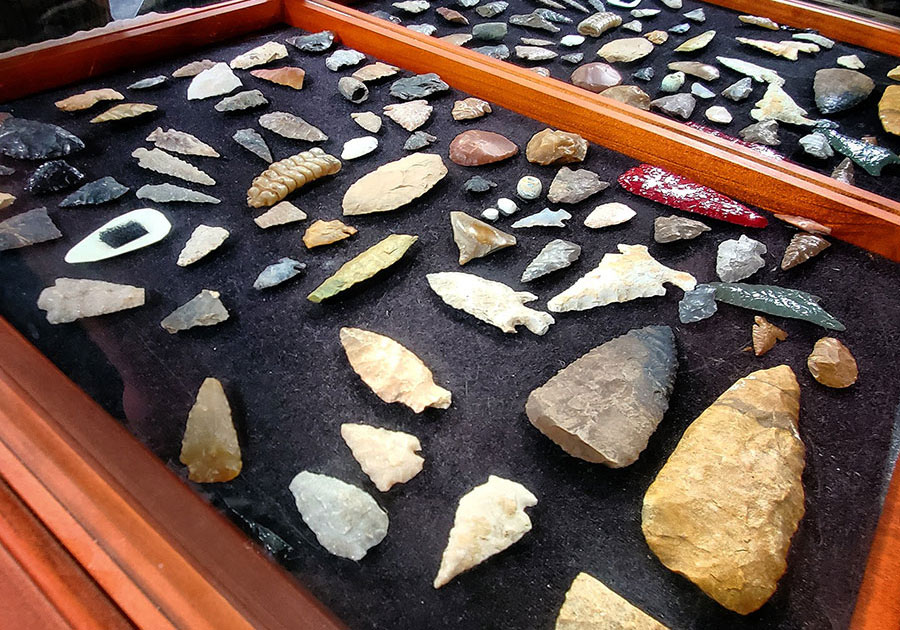
The lava tube caves of Southern Idaho have been significant in the history of human habitation, dating back to the end of the last Ice Age. These regions were primarily inhabited by the Shoshone and Bannock tribes, known for their semi-nomadic lifestyle. The Shoshone, originating from the upper Columbia River Basin, and the Bannock, a branch of the Northern Paiute, coexisted in the Snake River Plain, engaging in activities like hunting and gathering.
The tribes were known for their seasonal movements. In summer, they formed small bands, moving across the plain and mountain valleys in search of food such as camas root, salmon, deer, and pronghorn. These natural resources were vital for their survival and were well-utilized for both nutritional and medicinal purposes. The acquisition of horses around 1700 expanded their hunting territories, enabling them to hunt bison farther across the plains.
Archaeological evidence suggests significant time spent by these tribes in Southern Idaho, indicating their adaptability to the rugged terrain. Their presence in these areas, especially given the recent nature of lava flows, suggests they may have been witness to volcanic events of the past that formed many of the lava tube caves that we explore and study today.
The Importance of Preservation & Respect
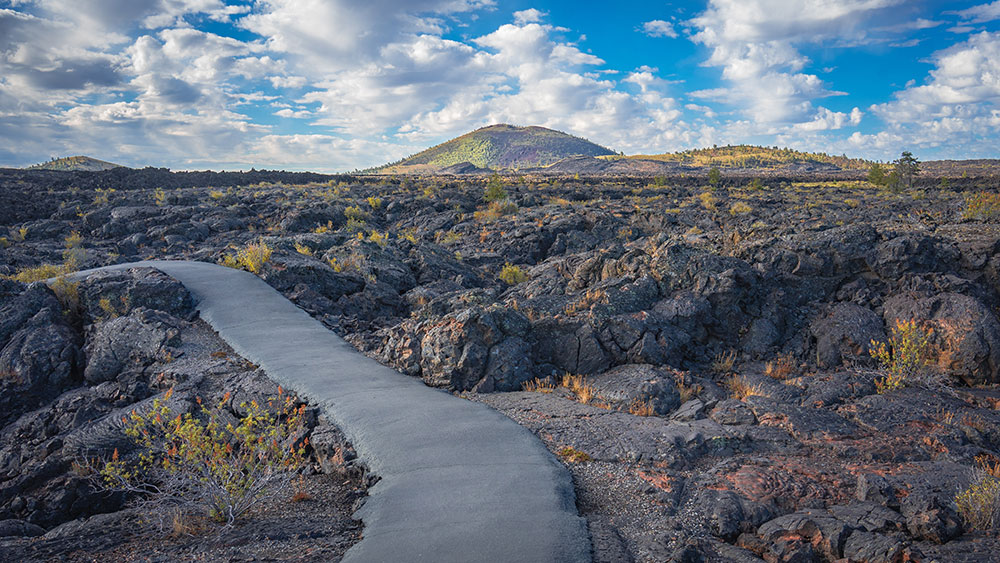
As we explore Idaho’s volcanic wonders and lava tube caves, it’s crucial to remember the importance of preserving and respecting these delicate ecosystems. These natural treasures are geologically significant and hold significant cultural and historical value. They are also home to unique subterranean life, specially adapted to the unique cave environment.
When visiting these sites, it’s essential to follow Leave No Trace principles, stick to designated trails, and avoid disturbing any natural or cultural artifacts. By doing so, we can ensure these wonders continue to inspire and educate future generations. Respecting and preserving the state’s natural treasures is one of the most important things to do in Idaho.
Things to Do in Idaho: Discovering the State’s Volcanic Landscapes
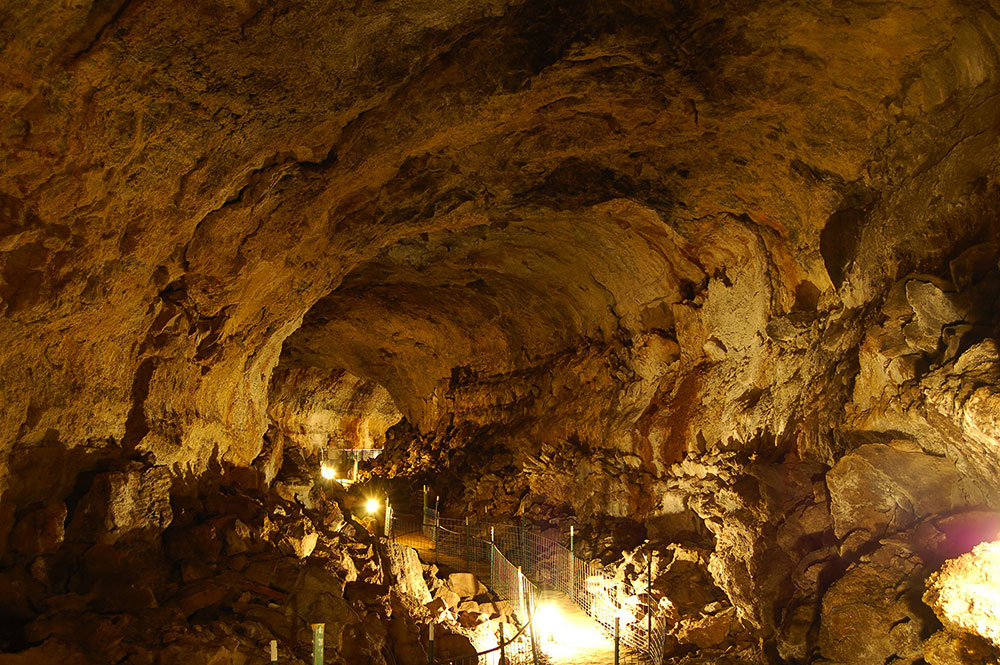
As we explore Idaho’s volcanic wonders and lava tube caves, it’s crucial to remember the importance of preserving and respecting these delicate ecosystems. These natural treasures are geologically significant and hold significant cultural and historical value. They are also home to unique subterranean life, specially adapted to the unique cave environment.
Idaho’s volcanic history and lava tube caves are a testament to the Earth’s ever-changing nature and the incredible forces that shape our world. From the dramatic landscapes of Craters of the Moon to the hidden depths of Idaho’s Mammoth Cave, the state offers a journey through time that is both awe-inspiring and humbling. Whether you’re a new visitor to the state or an avid outdoor enthusiast, exploring the volcanic wonders and experiencing the awe of walking through historic lava flows are just a few of the many unforgettable things to do in Idaho.
Idaho’s Mammoth Cave
Planning a trip to Idaho? Don’t forget to put Idaho’s Mammoth Cave at the top of your list. As one of the most intriguing things to do in Idaho, you can explore a unique and awe-inspiring underground landscape at your own personal pace with our self-guided tours. In addition to the cave, there are two privately owned museums of natural history on-site, the Shoshone Bird Museum and the Richard Arthur Olsen Museum of Natural History, featuring a wealth of exhibits that has earned them the nickname “The Smithsonian of the Desert,” making it an unforgettable stop for the whole family. For more information, visit our website for our seasonal hours of operation or call (208) 329-5382. We look forward to seeing you!
